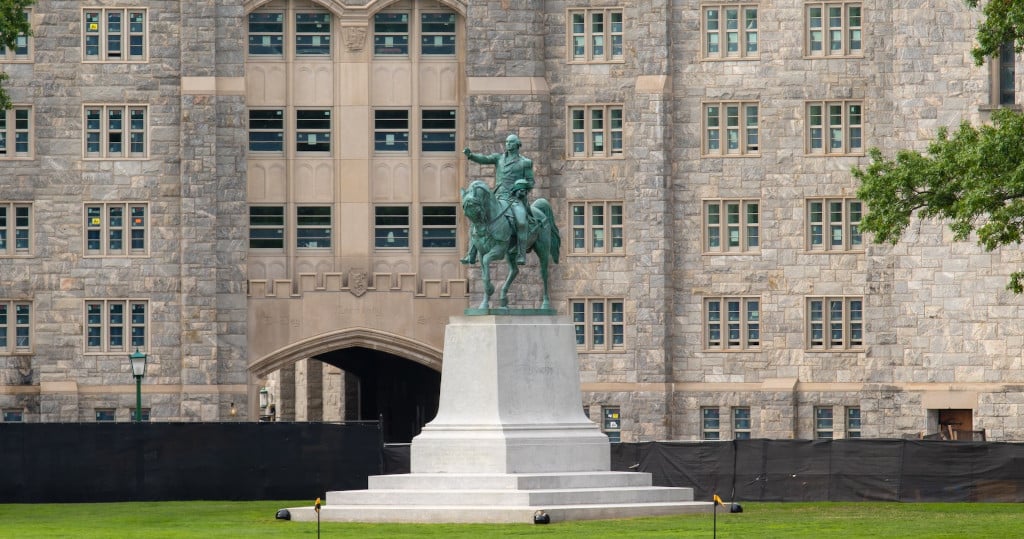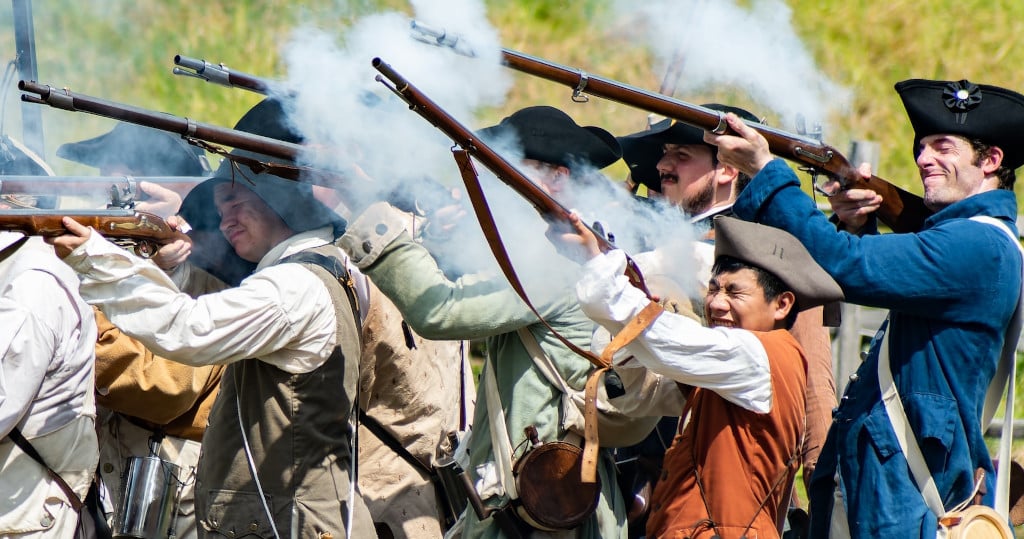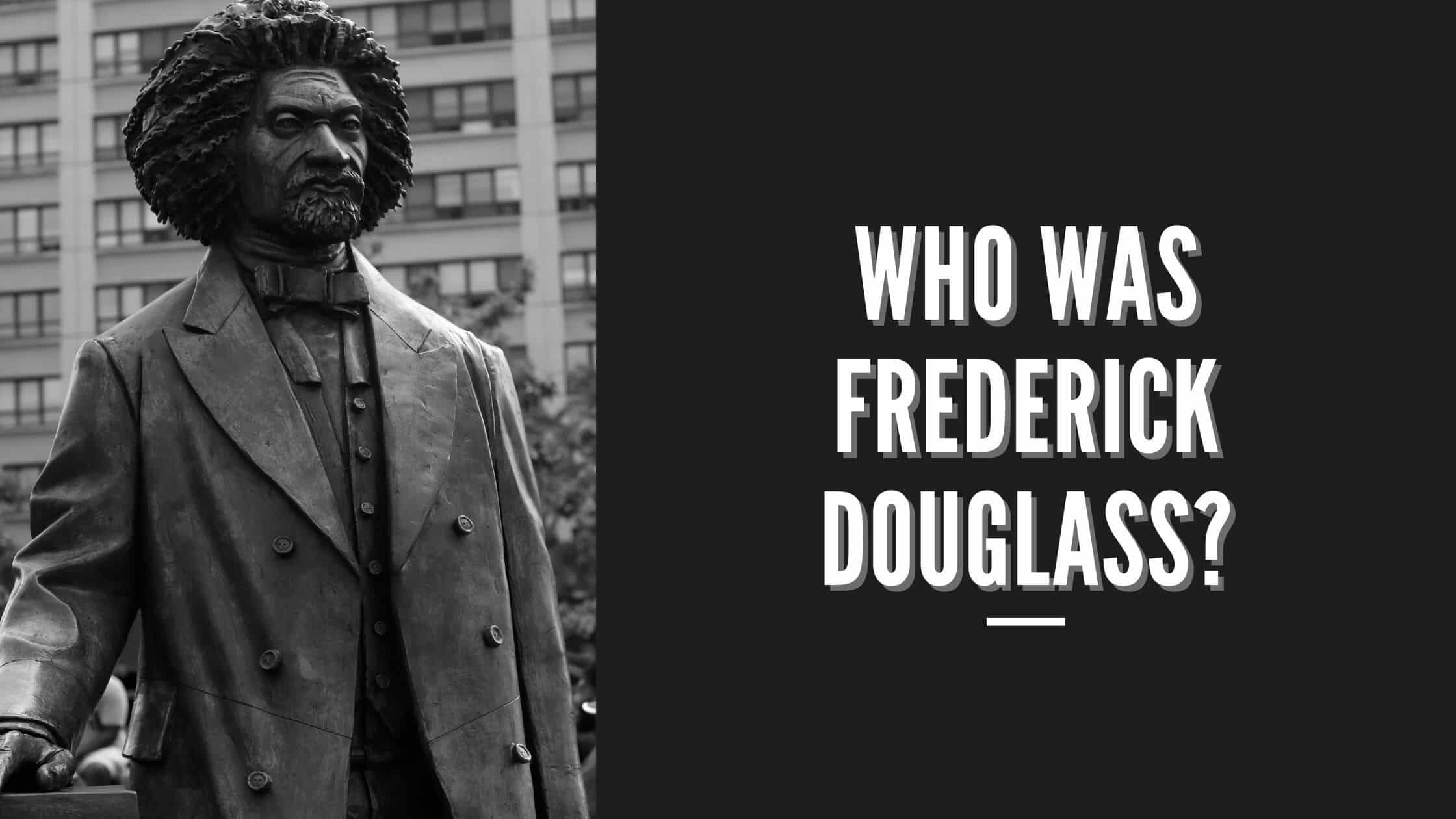Table of Contents
ToggleBenedict Arnold remains among the most infamous characters in American history. Enigmatic and controversial to this day, his name has become synonymous with treachery and treason and is used as an epithet for anyone displaying signs or characteristics of traitorous behavior.
Arnold is widely known for serving in the American Revolution at first as a member of the Continental Army before switching sides and joining the loyalist cause supporting them with funds and information before fleeing to England in 1781.
Early Life
Arnold was born in January of 1741 to an initially wealthy Connecticut Family. Over time his father became an alcoholic after many of his children died prematurely of yellow fever. He squandered the family’s money, and they faced financial hardships.
Benedict Arnold served as a militia member in the Seven Years’ War, gaining military experience at a young age. At 26, Arnold, by that time a prosperous businessman running an apothecary trading firm, married Margret Mansfield. The two would have three children before Margret’s early death in 1775.
Early Revolutionary War Activities
Fort Ticonderoga
After the opening hostilities between American Patriots and British forces, which took place at Lexington and Concord in 1775, Arnold joined the American troops, serving in the Continental Army, and supporting the revolutionary cause.
His first major operation was taken in tandem with the Green Mountain Boys and their leader Ethan Allen. They defeated the British contingent at Fort Ticonderoga, capturing the fort in Northern New York in the process.
March on Quebec
In the fall of 1775, General George Washington, the leading general in the Revolutionary Army, appointed Arnold to capture the Canadian city of Quebec.

The expedition intended to rally the people of the Canadian territories behind the American patriot cause and to disrupt and disable any possible base for potential invasions against the Continental Army in the thirteen colonies.
Arnold and 700 soldiers made the difficult march through the Maine wilderness in the winter of 1775.
Battle of Quebec
With General Richard Montgomery, Arnold attacked Quebec, a heavily fortified city, during a snowstorm on New Years’ Eve, 1775.
The attack was a great failure that resulted in Montgomery being killed and the American forces being routed, losing hundreds of men killed or captured. Canada remained firmly in British hands.
American Flotilla
After recovering from his leg wound, Arnold played a pivotal role in smothering an upcoming invasion by British forces in Canada into New York during the fall of 1776.

Benedict Arnold astutely predicted that the British would attempt to sail their troops to New York via Lake Champlain. As a counter-move, he oversaw the creation of a fleet of small ships (a flotilla) and waited on the lake to intercept the British general Guy Carlton’s fleet.
Valcour Island
The American flotilla met the British fleet on October 11, 1776, close to Valcour Bay. In the end, Carlton’s British flotilla drove the American flotilla away.
However, through their actions, Carlton’s forces were significantly delayed and arrived in New York in the winter, forcing them to retreat to Quebec.
Arnold’s military successes left him feeling underappreciated, lacking the recognition he felt he deserved. His fellow officers reported that Arnold was capricious, emotional, incredibly money hungry, and quite vain.

Get Smarter on US News, History, and the Constitution
Join the thousands of fellow patriots who rely on our 5-minute newsletter to stay informed on the key events and trends that shaped our nation's past and continue to shape its present.
Resignment
Arnold’s ill feelings reached a breaking point in 1777 after the Continental Congress promoted five lesser-ranking junior officers ahead of him.

His ego hurt, and he resigned from his military post in 1777. General George Washington quickly appealed to Arnold and urged him to reconsider his decision, though revolutionary hero Washington never officially accepted Arnold’s resignation.
Battle of Saratoga
By the fall of 1777, Arnold had rejoined the army just in time to defend Central New York against the British force led by General John Burgoyne.
Arnold, at this time, served under Major General Horatio Gates. Both grew to loathe each other, and at one point, Gates removed Arnold from his command.
At the Battle of Saratoga held in Bemis Heights, a plateau south of Saratoga, Arnold defied Gates’s orders. He led a contingent of American soldiers in an assault against the British front line. The attack by Arnold befuddled the British and contributed significantly to the fight for American liberty and the foundation of the United States.
Surrender at Saratoga
Burgoyne surrendered his forces at Saratoga a mere ten days after the British defeat at Bemis Heights. The surrender had the added benefit of convincing France to support the burgeoning American effort against the British, which helped greatly turn the war’s tide.

In his reports, General Gates dismissed Arnold’s role in the battle, instead crediting himself, adding to Arnold’s growing resentment.
The Tide Shifts
Life in Philadelphia
Suffering an injury to his previously injured leg, Arnold was incapable of commanding in the field and accepted a military leadership role in Philadelphia in 1778.
During this period, many rumors emerged that Arnold was abusing his new position for profit. Also, during this time, Arnold met and married his second wife, Peggy Shippen, a reputed staunch British loyalist.
They had many children together, lived an extremely opulent lifestyle, and found themselves heavily indebted.
Benedict Arnold Switches Sides
Arnold’s nascent debt, coupled with his long-simmering anger over perceived and actual lack of recognition, led to Arnold deciding that his personal interests were best served by switching allegiances and joining the British.

In 1799 Arnold received the command over the American fort of West Point, located along the Hudson River in New York. Arnold simultaneously began negotiating with the British, offering to surrender the fort to them in return for a high-ranking position in the British Army and compensation in the form of money.
Liaisons and Flight
Arnold’s intrigue and offers of support were primarily received and passed along by John Andre, a British Major. In September of 1780, Andre was captured while attempting to cross enemy lines, possibly for a meeting with Arnold.
Papers found on Andre’s person at the time of his capture indicated Arnold’s treacherous deceit. He found this out and quickly fled to the safety of the British line.

Andre was hanged in the fall of 1780, and many loyalists blamed Arnold for leaving Andre behind, sacrificing him into American hands.
British Service
Arnold’s betrayal greatly energized the American forces, who had become despondent and sluggish with the slow pace of the American Revolutionary War. Arnold’s actions became a turning point for the Americans.
He would only receive a portion of the reward initially promised by the British. He was awarded a commission with their military, serving in a few skirmishes against his former compatriots. Arnold actually captured the city of Richmond, Virginia, for the British.
Post War
Following the war, which ended with victory and American independence in 1783, Arnold moved to England, where he received a lukewarm reception.

Deemed unfit for further military service, he took up a variety of business ventures, including real-estate ventures in Canada and piracy in the West Indies.
Arnold lived out the last years of his life in London, where he succumbed to various health conditions at 60 years old in 1801. Today Benedict Arnold’s name lives on in infamy as a metonym for traitor.











